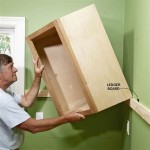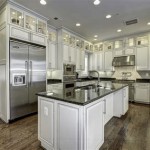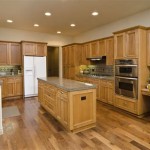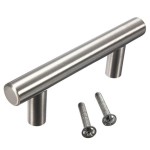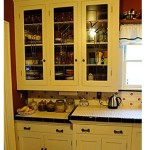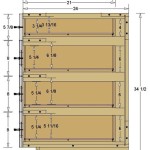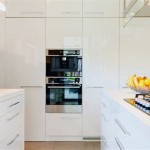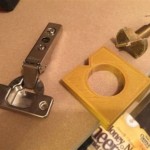Essential Aspects of Adjusting Self-Closing Kitchen Cabinet Doors
Self-closing kitchen cabinet doors are designed to close smoothly and silently with a gentle push, adding convenience and a touch of elegance to your kitchen. However, over time, these doors might experience misalignment or become loose, affecting their functionality. To ensure smooth operation, here's a comprehensive guide to adjusting self-closing kitchen cabinet doors.
Understanding the Self-Closing Mechanism
Self-closing cabinet doors rely on a spring-loaded hinge mechanism. When the door is opened, the spring is compressed and stores energy. As the door closes, the spring releases the stored energy, assisting in closing and providing a controlled motion. Adjusting the tension of the spring or the position of the door can help optimize the self-closing function.
Tools Required
For adjusting self-closing cabinet doors, you'll need:
- A screwdriver (Phillips or flathead, depending on the hinge type)
- An Allen wrench (if required by the hinge design)
Step-by-Step Instructions
1. Identify the Adjustment Screws
Locate the screws that allow for adjustment on the hinge. These screws are typically positioned at the top and bottom of the hinge.
2. Adjust the Spring Tension (Top Screw)
Using the screwdriver or Allen wrench, rotate the top screw clockwise to increase the spring tension and make the door close faster. Counterclockwise rotation decreases tension and slows down the closing speed.
3. Adjust the Door Position (Bottom Screw)
Adjusting the bottom screw moves the door horizontally relative to the cabinet frame. Turn the screw clockwise to move the door inward and counterclockwise to move it outward. This adjustment can correct misalignment and ensure a proper fit.
4. Test and Repeat
After making adjustments, open and close the door repeatedly to check the operation. If necessary, fine-tune the tension or position by repeating the adjustment steps until the door closes smoothly with the desired speed.
Tips for Better Adjustment
- Make small adjustments incrementally to avoid over-tightening or misalignment.
- If the door swings open too slowly or too quickly, check both the spring tension and door position.
- Clean the hinges regularly to remove dirt or debris that might affect smooth operation.
- Replace worn-out hinges if necessary, as they may compromise the self-closing mechanism.
Conclusion
Adjusting self-closing kitchen cabinet doors is a simple yet effective way to ensure optimal functionality and enhance the overall appearance of your kitchen. By following the steps outlined in this guide and utilizing the proper tools, you can easily make these adjustments yourself, saving time and money. Remember to approach the task with patience and attention to detail to achieve the best results.

Tec Soft Close Adjustment

How To Adjust Self Closing Kitchen Cabinet Hinges Maintenance

How To Adjust Soft Close Hinges 7 Steps With Pictures Wikihow

How To Adjust 3 Hinges Align Cabinet Doors

Tec Soft Close Adjustment

How Do I Retrofit Cabinets With Soft Close Hardware Wood

Cabinets 101 How To Adjust Self Closing Kitchen Cabinet Hinges

How To Adjust Soft Close Hinges 7 Steps With Pictures Wikihow

Soft Close Hinge Adjustment Overclockers Forums

How To Adjust Cabinet Hinges Bob Vila
Related Posts

